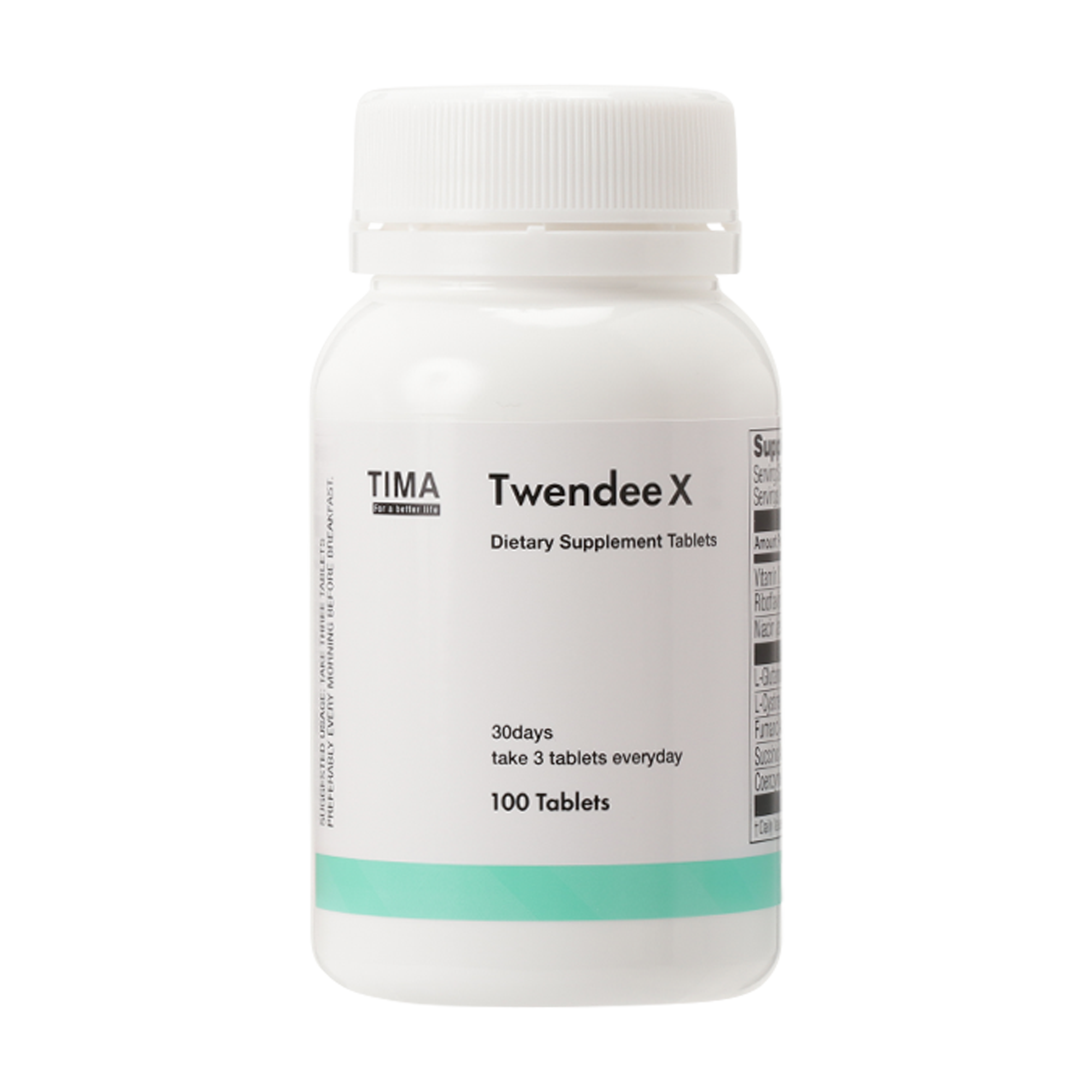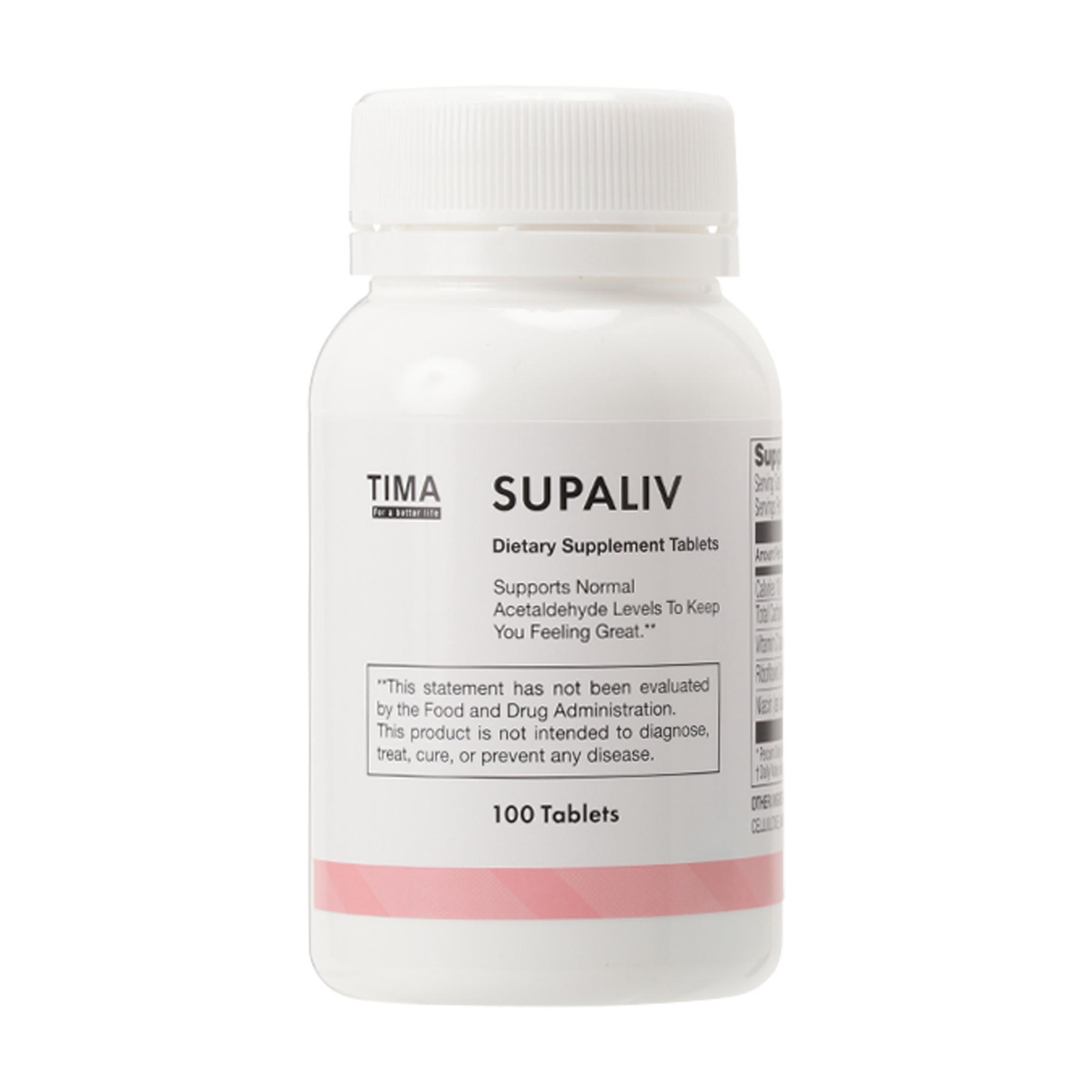Thesis on Oxidative Stress and "heart failure"
- Paper title
- Role of oxidative stress in myocardial hypertrophy and failure.
- Abstract summary
- Increased oxidative stress in the failing heart contributes to the pathogenesis of myocardial remodeling and failure.
- Authors
- D. Sawyer, D. Siwik, L. Xiao, D. Pimentel, K. Singh, W. Colucci
- Journal
- Journal of Molecular and Cellular Cardiology
- Semantic Scholar URL
- https://semanticscholar.org/paper/d7a2e7a9d2bd49feab2b8f9dce17b8a9fb52be25
- Abstract
-
see Ref. 9).
Recent progress in understanding the Introduction mechanisms that mediate myocardial remodeling at the cellular level has led to evidence that reactive In the setting of hemodynamic overload, there are progressive changes in myocardial structure and oxygen species (ROS) and oxidative stress play a central role in regulating the phenotype of cardiac function that are referred to as myocardial remodeling. This process is characterized by ventmyocytes and fibroblasts.
In this brief review, we will discuss the experimental evidence for the role ricular enlargement, alterations in chamber geometry and pump dysfunction. At the cellular of oxidative stress in the pathogenesis of myocardial remodeling leading to heart failure and delve into level, the changes in ventricular structure in heart failure include myocyte growth, loss of myocytes the potential cellular mechanisms by which ROS and oxidative stress might contribute to this disease via apoptosis or necrosis and/or myocyte slippage, the latter perhaps caused by degradation of fibrillar process. collagen struts due to activation of matrix metalloproteinases (MMPs).
Pump dysfunction may result from loss of functional myocytes and/or a ROS and Antioxidant Enzymes shift in myocyte contractility in part due to reexpression of fetal isoforms involved in contraction In the myocardium, as in other tissues, antioxidant enzymes protect cells by maintaining superoxide (e.g. -myosin heavy chain) and/or calcium homeostasis (e.g. sarcoplasmic reticulum Ca ATPanion (O2) and hydrogen peroxide (H2O2) at low levels (Fig. 1). Three known types of superoxide ase).
Ultimately, progressive remodeling can result in clinical heart failure, a syndrome associated with dismutase (SOD) are present in mammalian tissues (for review see Ref. 10). MnSOD, which is encoded disabling symptoms, exercise limitation and death. Increasing evidence from experimental models of on the nuclear genome but localizes to mitochondria via a mitochondrial targeting sequence, heart failure supports the concept that there is increased oxidative stress in the failing heart, and makes up >70% of the SOD activity in the heart and >90% of the activity in cardiac myocytes. that this contributes to the pathogenesis of myocardial remodeling and failure (for recent review The remaining SOD consists primarily of Cu/ZnSOD,








